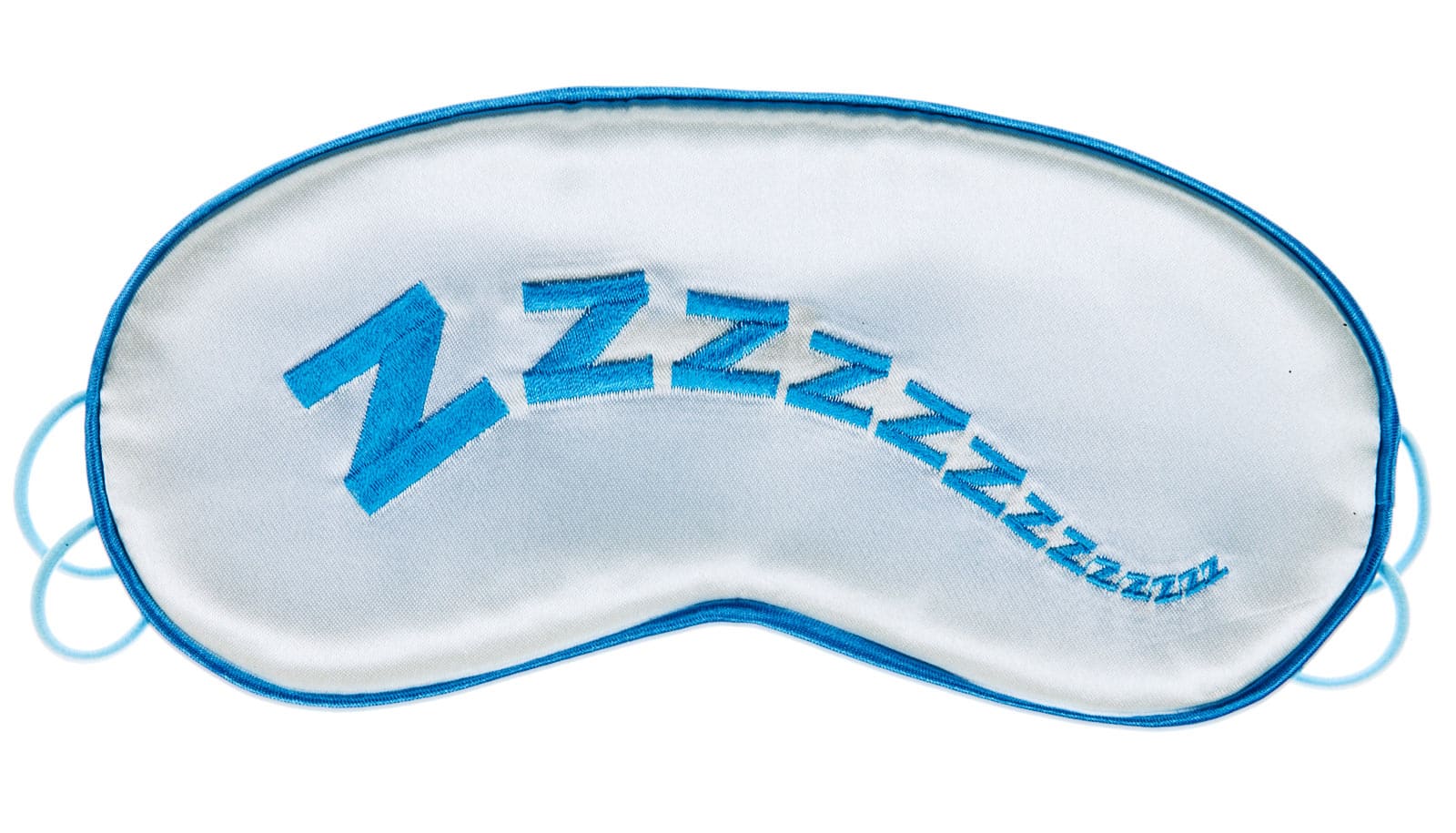Researchers have singled out a protein called TIM-3 as a new potential target for immunotherapy treatments for patients with cancer and other diseases.
Following the 2018 Nobel Prize for Medicine, global attention is now more than ever turned toward the promise of immunotherapy in oncology. The new study sheds light on a molecule that might play a key role in the regulation of the immune response.
When the TIM-3 protein is suppressed or inactive, the immune system becomes completely “unleashed” and T cells are uncontrollably over-activated.
“This study places the TIM-3 protein at the heart of immune system regulation. We could use it as a target in immunotherapies to trigger enhanced immune responses in patients with cancer and better treat them,” says co-lead author Nada Jabado, a researcher at the Research Institute of the McGill University Health Centre and an hemato-oncologist at the Montreal Children’s Hospital.
Researchers found that when the TIM-3 protein is suppressed or inactive, the immune system becomes completely “unleashed” and T cells are uncontrollably over-activated, resulting in a rare form of lymphoma (a form of cancer that starts in the lymphocytes) called subcutaneous panniculitis T lymphoma (LTSCP).
Researchers identified two founder mutations at the origin of this syndrome, which act directly on the TIM-3 protein, preventing it from expressing itself on the surface of the lymphocytes and attacking the cancer cells. They also found that this form of lymphoma associated with over-activation of the immune response was more widespread than they first thought.
The results, which led researchers to consider this form of lymphoma as a new genetic disease, appear in Nature Genetics.
In most countries of the world, lymphoma cases are treated like cancers, when in reality they are intensified responses of the immune system.
“It all started here in Montreal with a brother and sister stricken with a rare form of lymphoma, which led to the identification of a much more widespread genetic syndrome across Southeast Asia, Polynesia, Australia, and Europe,” explains lead author Tenzin Gayden, a postdoctoral researcher in Jabado’s laboratory.
In the winter of 2016, David Mitchell and Sharon Abish, hemato-oncologists at the Montreal Children’s Hospital, contacted their colleague Jabado when one of their 9-year-old patients presented exactly the same symptoms as her younger brother, who received treatment a year earlier for LTSCP. The girl had long episodes of fever and began to have edema on the skin.
Suspecting a genetic cause, the team looked into the medical puzzle. Using a point of care genetic sequencing technique, the researchers discovered that the two sick children carry the same mutation on a gene called HAVCR2, and that their parents transmitted it.
In discussions with colleagues in Australia and France, the team realized they too had similar cases of patients with the same mutation (Tyr82Cys) who seemed to be mostly of East Asian or Polynesian descent. They identified another mutation (Ile97Met), on the same gene, in patients of European origin. In all, 17 pediatric and adult cases were the subject of this scientific publication.
In most countries of the world, lymphoma cases are treated like cancers, when in reality they are intensified responses of the immune system.
“For these patients with this rare form of lymphoma, our results reinforce the use of immunosuppressive therapies that will provide much better results and fewer side effects than cytotoxic chemotherapy,” says Jabado, also a professor of pediatrics and human genetics.
Researchers are now trying to see if patients with autoimmune diseases such as lupus—a disease where the immune system turns against the body itself—may have some TIM-3 dysfunction. There would also be promising avenues for the treatment and understanding of cancers, infectious diseases such as HIV, or even malaria as well as multiple sclerosis.
A grant from the Fondation des étoiles, INSERM, CNRS, l’AP-HP, Université Paris-Descartes and Collège de France supported the work.
Source: McGill University


